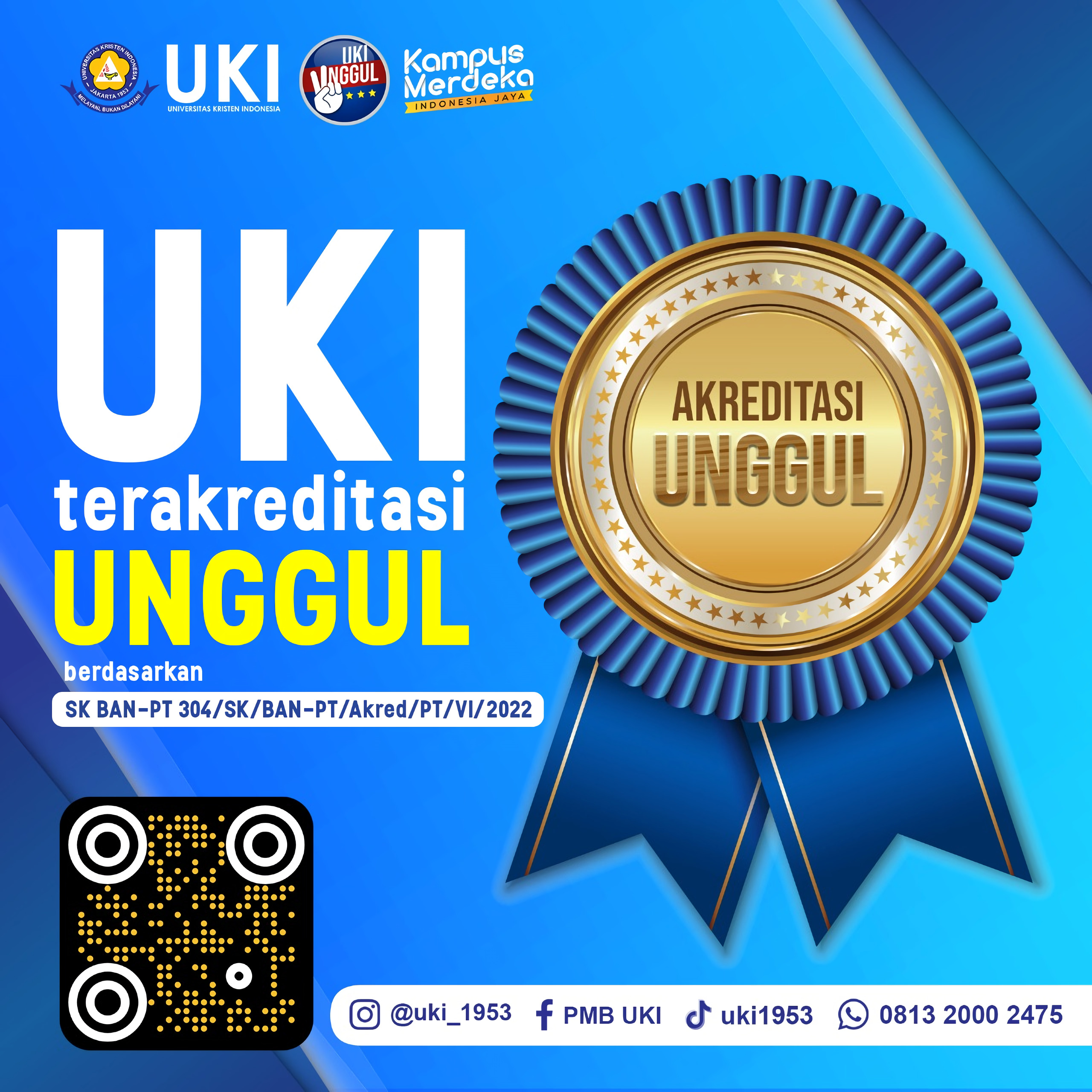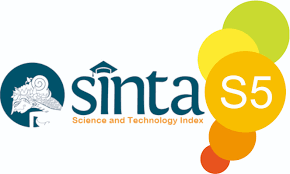ANALISIS KETELITIAN LUAS METODE SIMPSON DENGAN METODE TRAPEZOID STUDI KASUS DAERAH ALIRAN SUNGAI KALIBARU KALURAHAN CAWANG
DOI:
https://doi.org/10.33541/cen.v1i2.2153Keywords:
Keywords: Area;, Accuracy; Offset;Simpson; TrapezoidAbstract
The calculation of the area is widely used in the engineering sector, for example housing development, land and property taxes, and other purposes. In this study, the calculationof the area was carried out using a case study of the Kalibaru River Basin, Cawang Village. The selection of this area is intended to contribute to the size of the watershed area as preliminary data that can be used to anticipate flood disasters in the Cawang area.There are many methods for calculating the area, but in this study the method used is the Simpson’s method compared to the Trapezoid’s method. The advantage of the Simpson’s method is that the formula derives from taking into account the curved area of the boundary, compared to the Trapezoid’ method which does not take into account the curved edge of the area.The results show that the watershed area using the Simpson’s method is 0.03% greater than the Trapezoid’s method. Meanwhile, the percentage of standard deviation for the mean of the area calculated by the Trapezoid’s method is 0.0287%., while the percentage of standard deviation for the mean of the area calculated by the Simpson method is 0.0261%, it can be said that the result of Simpson’method close to the true magnitude compared Trapezoid’s method.Keywords: Area;, Accuracy; Offset;Simpson; Trapezoid
Downloads
Published
How to Cite
Issue
Section
License
Hak Cipta atas Tulisan Karya Ilmiah
Bersama dengan ini saya sebagai penulis utama menyatakan bahwa paper yang saya kirimkan untuk dipublikasikan melalu Jurnal Rekayasa Teknik Sipil dan Lingkungan adalah benar merupakan hasil orisinil Tulisan Karya Ilmiah yang merupakan hasil penelitian/kajian yang saya lakukan dan belum pernah dipublikasikan pada penerbit Jurnal ilmiah lain di Indonesia.
Jika di kemudian hari ternyata ditemukan bukti adanya hal-hal yang tidak sesuai dari pernyataan diatas maka saya bersedia menerima konsekuensi yang diberikan oleh Dewan Redaksi Jurnal Rekayasa Teknik Sipil dan Lingkungan serta paper yang telah diterbitkan akan DIBATALKAN dan dinyatakan sebagai hasil karya PLAGIASI.









